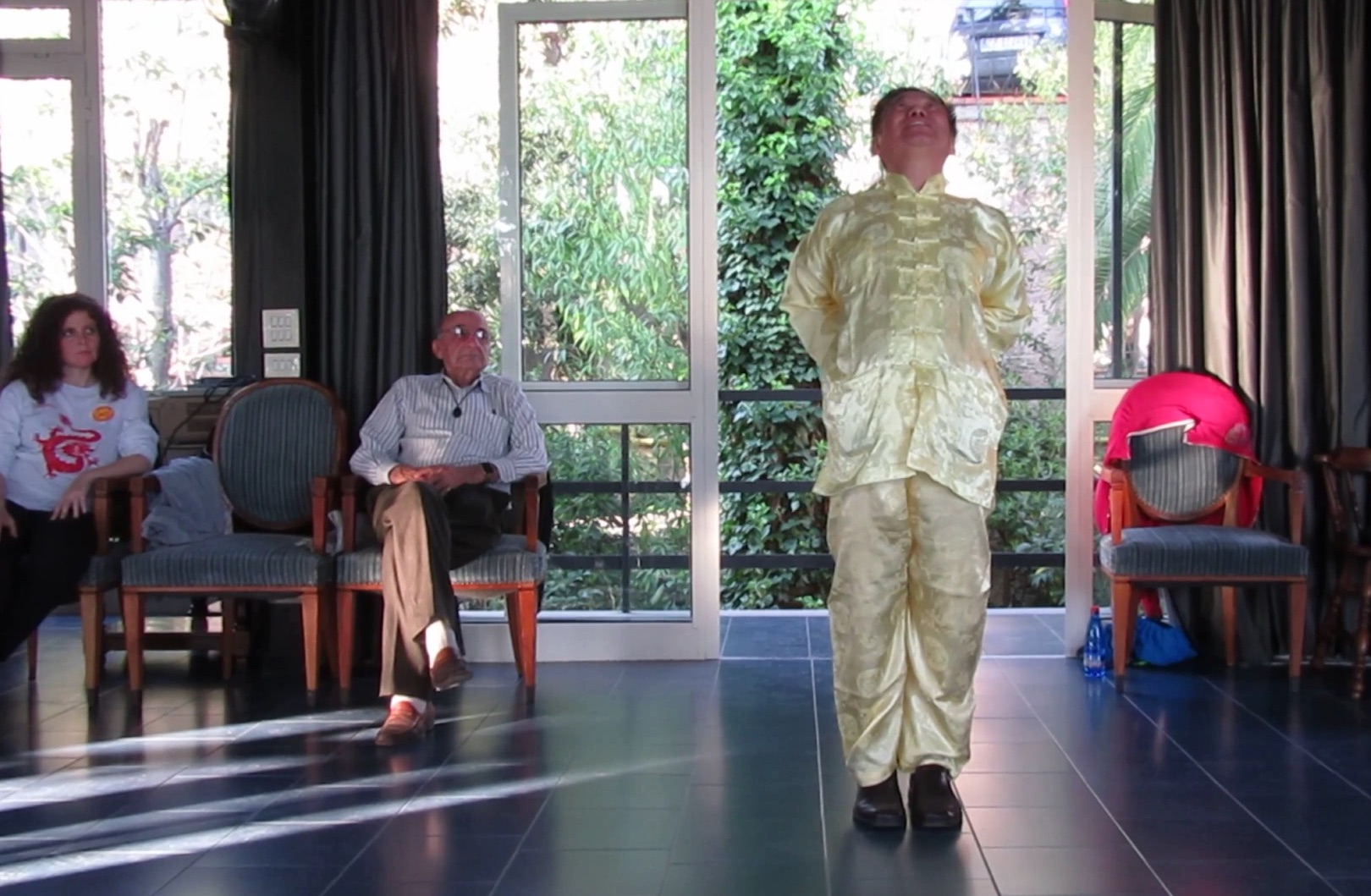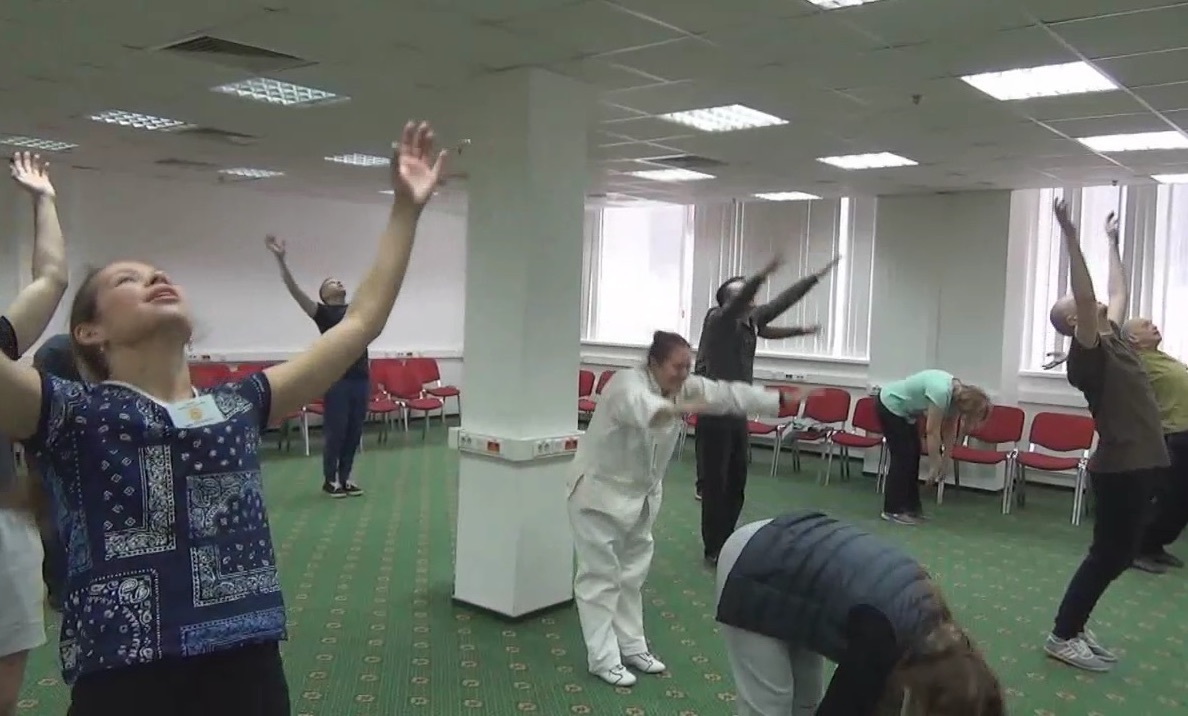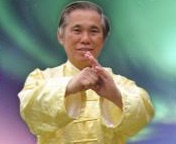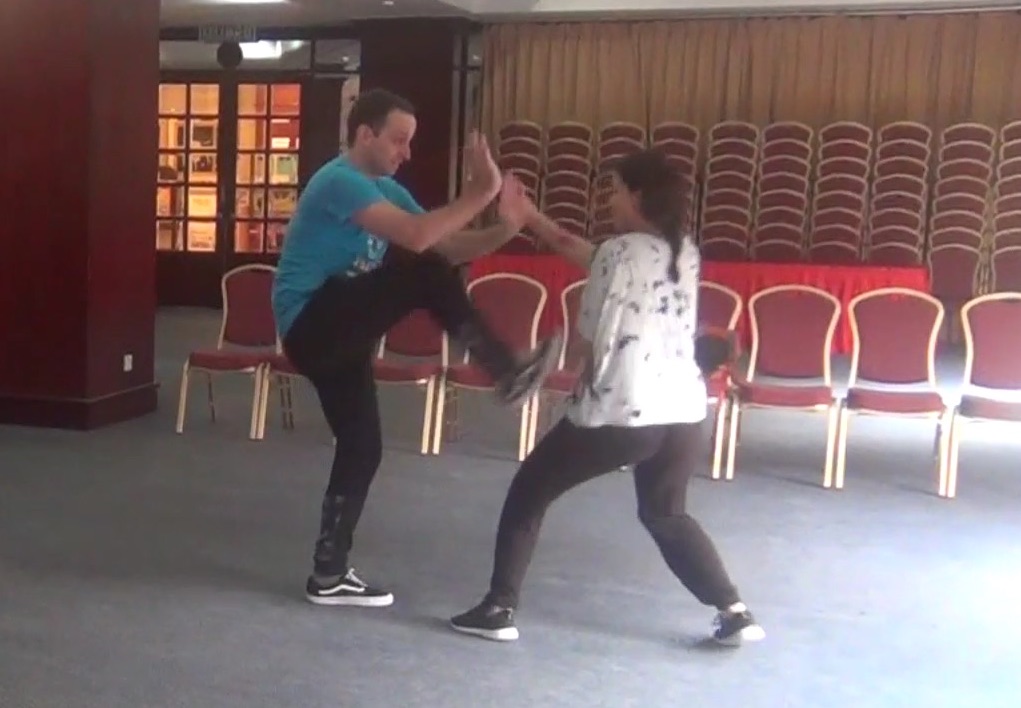SELECTION OF QUESTIONS AND ANSWERS
JULY 2019 PART 3

Nourishing Kidneys
Question 1
It is so good to know you and your family are in excellent health!
— Sifu Roeland Dijkema, Shaolin Wahnam Holland
Answer
I am very happy that you are very positive in your statements, as all in Shaolin Wahnam should be.
Many people, especially in Western societies, would say, “I hope you and your family are in good health”.
There is a clear difference between “is” and “hope”.
“Hope” can be negative, implying that I hope you are in good health but in reality you are not. At best “hope” is neutral. I hope you are in good health, but it may or may not be.
Question 2
You have mentioned that the water method is safer and slower than the fire method
Answer
In chi kung terminology, water refers to the kidney and fire to the heart.
Using the “water method” to keep warm is to warm the kidney, like using appropriate exercises such as “Nourishing Kidneys” and “Pushing Mountain”, and employ the warmth, like using the kidney meridian or the urinary-bladder meridian, to spread the warmth all over the body.
Using the “fire method” to keep warm is to warm the heart, like using appropriate exercises such as “Separating Water” and “Lotus in the Heart” (which I seldom teach because there are safer and other effective methods), and employ the warmth, like using the heart meridian or the pericardium meridian, to spread it all over the body.
The water method is safer but slower than the fire method.
“Separating Water” actually works on the lungs, but may be used for the heart. An effective method to open the heart is “Dancing Butterfly”, but it may not produce much warmth.

Dancing Butterfly
Question 3
Has this got anything to do with your comments during the Healing Course which I was fortunate enough to attend in 2014? You said, after telling us about the thematic benefits of the 18 Jewels, that the kidneys were very important in Chinese medicine. Is it because although the heart is the emperor organ, it is more delicate to work on it directly?
Answer
I can't remember what I said at the Healing Course, but the kidneys are very important in Chinese medicine.
The fetus first developed in the kidneys. The kidneys are where pre-natal chi is stored. Pre-natal chi is energy before a baby is born, and includes the father’s energy and the mother’s energy, and incorporates what in the West would call the DNA structure.
The kidneys are also very important for post-natal energy, i.e. energy after a baby is born. They are instrumental for a person’s sexual, intellectual and general energy.
In Chinese medicine, the heart is not just the organ heart. More importantly it includes the spiritual heart. It is the emperor organ, i.e. it influences all other organs.
Yes, as the heart is delicate, we avoid working on it directly. Hence, instead of directing chi to flow to the heart, we can direct chi to the back or to the lungs, and let chi flow spontaneously to the heart. Instead of using the “fire method” which involves the heart directly, we use the “water method” which involves the kidneys.
Question 4
Does it also mean that someone with heart issues might often be better of doing exercises related to the kidneys?
Answer
No, it does not necessary mean that we can overcome heart issues using kidneys exercises, although in the case of keeping warm the “water method” which involves the kidney system is often used. It often depends on specific cases.
In my experience of overcoming countless so-called “incurable” heart diseases, I often use the holistic approach of many exercises not necessarily limited to the heart or the kidney. This is because I realize that while the site of the diseases is related to the heart, the intermediate causes may not. I often use Self-Manifested Chi Movement, Five-Animal Play and exercises from the 18 Jewels and the 18 Lohan Hands.
In the case of depression, which means the heart, or spirit, is close, effective exercises are “Lifting the Sky”, “Dancing Butterfly” and “General Surveys Field”. These exercises are not directly linked to the heart meridian or the kidney meridian, but they open the heart.

Shaolin Greeting
Question 5
What is an appropriate greeting to an opponent from a different martial art?
— John, Ireland
Answer
Irrespective of what martial art the opponent practices, an appropriate greeting is to stand upright looking at the opponent, and place the left open palm and the right fist in a Shaolin greeting about a foot in front of your chest. This is a typical Shaolin greeting.
Question 6
The values of our school are refined, polite and respectful and I will be grateful to all of my 30 future opponents who will help me improve my kungfu (even though I want to beat them). Should I still give an opponent a Shaolin Salute even though he is not from our school or any kungfu lineage? Or is a slight bow of the head enough?
Answer
Yes, give him a Shaolin greeting as mentioned above. If necessary, explain to him that it is a Shaolin greeting.
In the past, a slight bow of the head might give an opportunity to an opponent to attack. Hence, in the Shaolin greeting you should be looking at the opponent, and be ready to move to any position if necessary.

The 30-opponent programme is an ever-winning strategy
Question 7
It seems I should greet him with a Shaolin Salute if even to indicate our noble tradition and rich heritage. It is in fact an honour and a privilege to be able to give and receive a Shaolin salute. Whether the opponent understands its meaning and depth or not, is not my problem. Am I correct?
Answer
You are correct. Yet, it is better if your opponent understands what you are doing when you give him a Shaolin salute.
If your opponent does not respond to your greeting, or if he is rude, it does not matter. We are courteous irrespective of other people’s behavior.
Question 8
I was wondering about the logistics of lining up opponents.
Answer
The main purpose of lining up our 30 opponents is to enable us to progress gradually and systematically so that we have 95% chances of beating all our opponents.
30 is a suitable figure. Many of our Shaolin Wahnam kungfu members may not be able to get 30 opponents. Let us say they get 10. Line them up so that the easiest to beat is number 1 and the hardest to beat is number 10. In this way as we progress, we shall beat number 10 easily.
In terms of techniques we can beat all our opponents easily, as we use Shaolin techniques and our opponents bounce about using Kick-Boxing techniques irrespective of what martial art they are supposed to practice.
But in term of skills our opponents, despite their inferior techniques, can beat many of our Family members. They are willing to take “punishments” and have free sparring experience. Our Family members may not want to hurt our opponents like holding their strikes in combination practice.
The 30-opponent programme is to train skills. At the start our Family members have 95% chance of beating opponent no. 1, but opponent no. 30 has 95% change of beating our Family members. But as we progress in the programme, as our skills improve, by the time our Family members meet opponent no. 30, they will have 95% chance of beating him.
Editorial Note: John’s question will be continued at August 2019 Part 1 issue of the Question-Answer Series.
If you have any questions, please e-mail them to Grandmaster Wong via his Secretary at stating your name, country and e-mail address.
LINKS
Selected Reading
- Eighteen Lohan Hands and the Eighteen Lohans
- Good Health is our Birth-Right
- Shaolin Seventy-Two Chin-Na Techniques
- The Flow, Power and Speed of the Flowing Water Staff
- The 12 Bridges in Iron Wire in Tiger-Crane Set and Taming-Tiger Set
